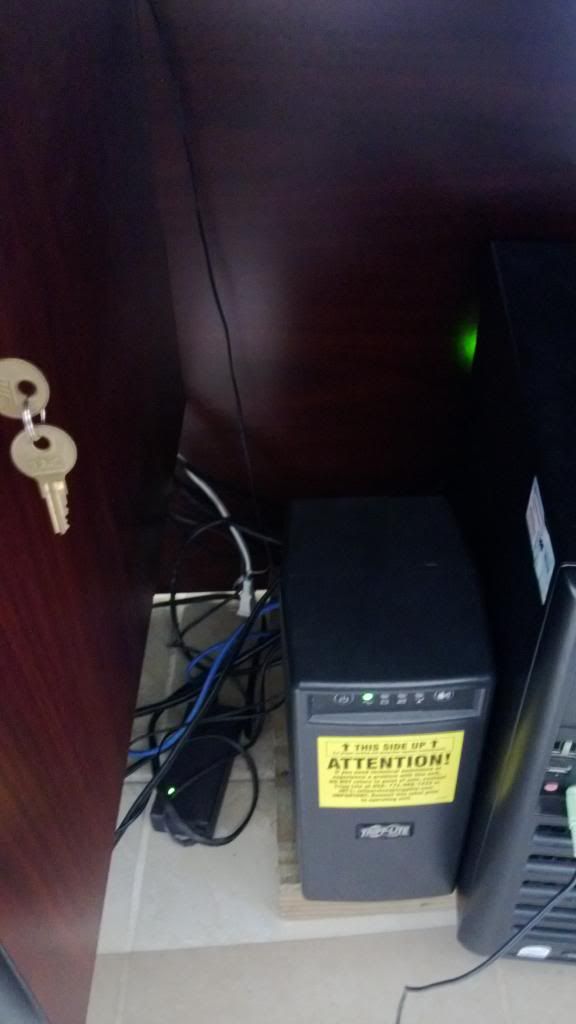Pureview owners, post your cinemagraphs, pictures, and rich recorded videos here.

info from Nokia white paper explaining some Pureview tech
video examples
http://www.youtube.com/watch?v=KU78NLs3aAw
http://www.youtube.com/watch?v=uvDiTrYC7DA
http://www.youtube.com/watch?v=A_CcV_s-FYU
http://www.youtube.com/watch?v=nAANv7pB3fI
cinemagraph example

stills

info from Nokia white paper explaining some Pureview tech
To further improve low light performance weve adopted an extremely large f/2.0
camera aperture. Given our sensors are at least 10% larger than comparable sensors of
the same resolution to accommodate the true 16:9 aspect ratio, this was even more of
an optical design achievement than other cameras with a smaller sensor area.
Nokias use of bespoke custom oversized sensors instead of off-the-shelf sensors to
provide true 16:9 and 4:3 formatted aspect ratios remains unique amongst
smartphones. Only a few digital cameras incorporate such sensors.
But the most significant improvement comes from Optical Image Stabilisation (OIS). Yes
there are smartphones, which include digital stabilisation algorithms, and whilst they
have improved over time they are still far behind the possibilities of effective OIS
systems. Whilst digital cameras have incorporated OIS for a while, its virtually unheard
of in smartphones due to the various size constraints. OIS works by detecting camera
movement using a gyroscope a highly accurate sensor used to detect the degree and
direction of movement. But thats pretty much where the similarity between Nokias OIS
system and broadly comparable OIS systems ends.
In most OIS systems, a lens element moves in the opposite direction to the measured
device movement to compensate for unintended movement, effectively cancelling out
camera shake. This is a similar principle to the process of noise cancellation.
In itself, incorporating OIS in to a smartphone is challenging enough, but Nokia has been
successful in surpassing the typical performance of OIS in many digital cameras by
taking full advantage of the smaller components and therefore reduced mass to move
during stabilisation.
Rather than a single lens element being shifted to compensate for camera shake, Nokias
OIS system moves the entire optical assembly in perfect synchronisation with the
camera movement, or to be more precise, unintended camera shake. The benefit of this
approach is that the amount and form of camera movement that can be compensated
for is much greater.
Many OIS systems may only be able to handle movement frequencies up to a certain
level. Based on our lab tests, Nokias new OIS system can cater for around 50% more
movements per second than conventional OIS systems up to around 500
movements every second! Besides the high frequency compensation, the system also
needs to be able to respond extremely quickly to unintended movement to avoid so
called phase shift or compensation lag. To help achieve this very fast reaction time,
Nokia uses a closed loop system where the position of the lens assembly is monitored in
real time, even whilst its moving to its calculated position allowing it to be continuously
updated regardless of how random the camera movement is. This process of checking
operates at a rate of up to 5x more frequently than typical OIS systems, approximately
300 times faster than that of the average human reaction time to an expected event.
Adding up all of the advantages of Nokias OIS system means camera shake in lower
light can be compensated for to lower lighting levels than conventional OIS systems,
ultimately resulting in low light photography. As a point of reference, and depending on
the users ability to hold the device still, shutter speeds slower than 1/30th second
typically results in camera shake. Depending on the amount of camera movement
requiring compensation weve found in testing that shutter speeds as long as 1/4th
second can be used. This is a 3EV improvement or 8x longer shutter speed which we
believe to be a new benchmark! This extends the low light performance of the camera to
a whole new level.
However, the advantages of OIS are not constrained to just still images in low light. OIS
can also help provide one-handed usage. Sometimes capturing pictures or video one
handed is more convenient and natural. However, even in reasonable lighting, this
typically results in camera shake. This really helps to extend the spontaneous use of
smartphones as a modern method of capturing moments as they occur during everyday
life.
One of the most important aspects of good smartphone video recording is smooth
recording. Capturing smooth video whilst moving can be extremely difficult. Even
ensuring small movements are unnoticeable during playback can require constant
concentration. This often results in video recording becoming tiring, other than for the
shortest of video clips. In addition, for the individual whos recording it, it detaches them
from the live action as they concentrate continuously on the viewfinder. When capturing
video OIS works slightly differently to when capturing stills. By detecting the different
movements the OIS system is able to compensate for unintended movement rather than
intended movements e.g. panning.
video examples
http://www.youtube.com/watch?v=KU78NLs3aAw
http://www.youtube.com/watch?v=uvDiTrYC7DA
http://www.youtube.com/watch?v=A_CcV_s-FYU
http://www.youtube.com/watch?v=nAANv7pB3fI
cinemagraph example

stills
edit: all samples taken from neogaf's lumia thread and wpcentral forums.
























